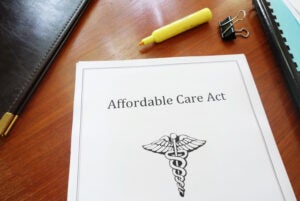A New Rule to Limit ACA Enrollment Periods May Deter Sign-Ups and Worsen Risk Pools

Recent proposals from the Trump administration and Congress would shorten or eliminate the windows of opportunity for people to enroll in the Affordable Care Act Marketplaces. In a recent article for the Commonwealth Fund, CHIR’s Sabrina Corlette and Rachel Swindle discuss how such policies would result in reduced access to coverage and higher costs for Marketplace enrollees.







